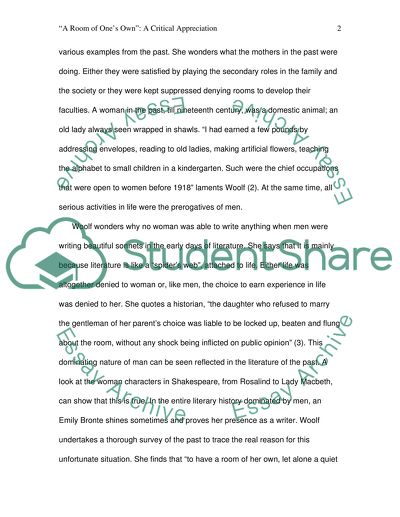Cite this document
(“A Room of Ones Own by Virginia Woolf Term Paper”, n.d.)
Retrieved from https://studentshare.org/literature/1414925-virginia-woolf-critical-analysis-paper
Retrieved from https://studentshare.org/literature/1414925-virginia-woolf-critical-analysis-paper
(A Room of Ones Own by Virginia Woolf Term Paper)
https://studentshare.org/literature/1414925-virginia-woolf-critical-analysis-paper.
https://studentshare.org/literature/1414925-virginia-woolf-critical-analysis-paper.
“A Room of Ones Own by Virginia Woolf Term Paper”, n.d. https://studentshare.org/literature/1414925-virginia-woolf-critical-analysis-paper.


